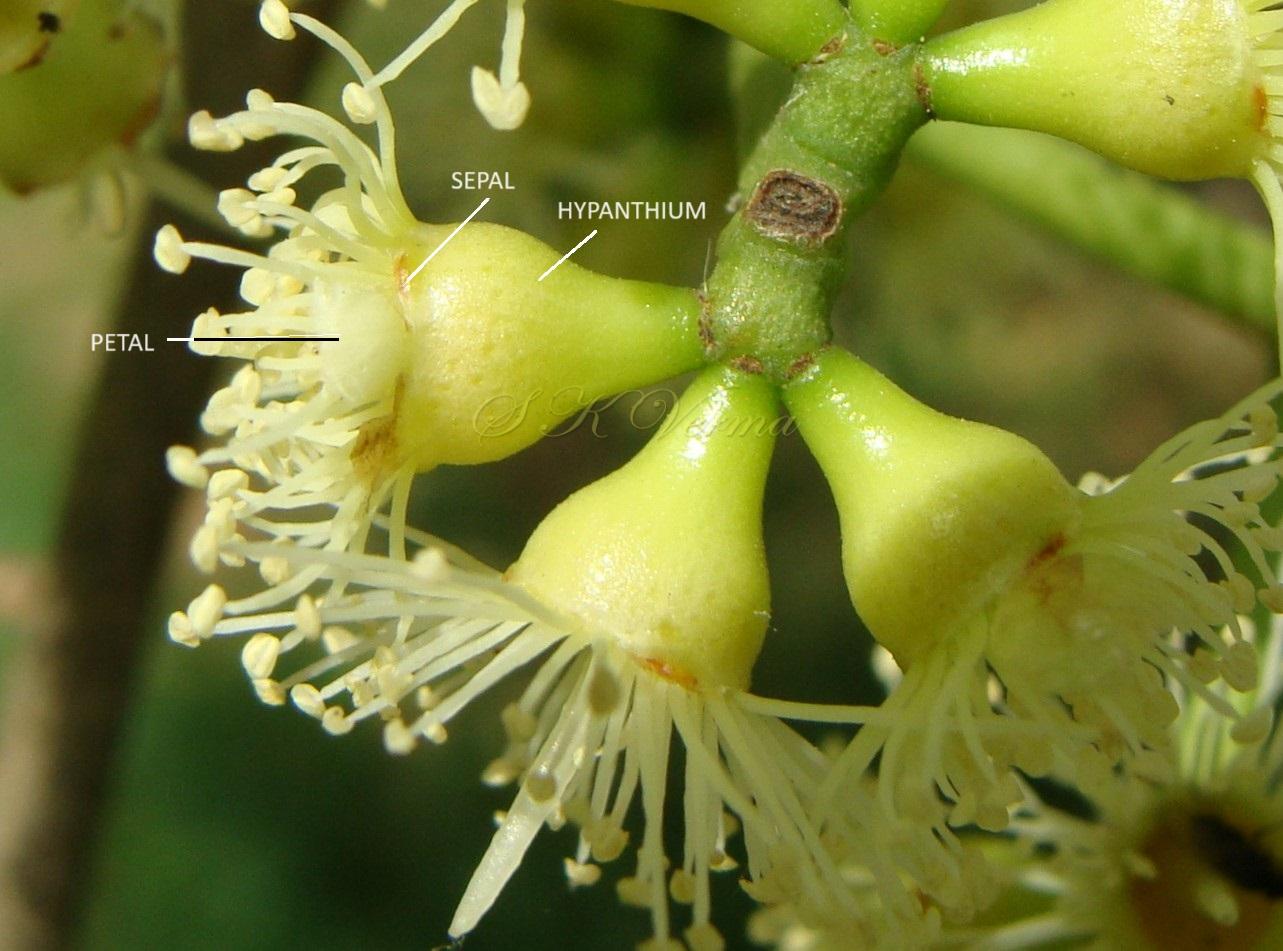SYZYGIUM
Syzygium
P. Browne ex Gaertn., Fruct. Sem. Pl. 1: 166. 1788; Fl. China @ eFloras.org 13: 355.
Trees or shrubs. Branchlets sometimes 2-4-ridged, usually glabrous. Leaves usually opposite, sometimes whorled, petiolate to subsessile, leaf blade densely to sparsely pinnately nerved. Inflorescence terminal or axillary, usually panicle of cymes, 3 to many-flowered; bracts small and caducous. Pedicels present or not. Flowers bisexual, actinomorphic, epigynous. Hypanthium obconic or sometimes clavate. Calyx lobes 4 or 5, rarely more, usually short and caducous or persistent, apex usually obtuse, rarely connate and then calyptrate. Petals 4 or 5, rarely more, free and then expanding separately, or coherent and then caducous as a unit. Stamens numerous, free but occasionally slightly connate at the base; anthers minute, versatile, bithecous, thecae parallel or divergent, dehiscing longitudinally or by a short terminal slit; connectives usually terminating in an apical gland. Ovary inferior, 2- or 3-locular, ovules many per loculus; style linear. Fruit drupaceous, 1 or 2- seeded. Seeds sometimes with or without a testa, often with a pseudotesta +/- adhering to pericarp.
1232 species
Syzygium cumini
Syzygium cumini
(L.) Skeels, Bull. Bur. Pl. Industr. U.S.D.A. 248: 25. 1912; Fl. China @ eFloras.org 13: 355; Eugenia jambolina Lam., Encycl. 3: 198. 1789; Parker, For. Fl. Punj. ed. 1: 243. 1918 (Reprint 1973); E. cumini (L.) Druce, Rep. Bot. Exch. Club Soc. Brit. Isles 3: 418. 1914; Syzygium jambolanum (Lam.) DC., Prodr. 3: 259. 1828.
A large evergreen tree, 6-20 m tall; bark light-grey, nearly smooth. Leaves opposite; petioles 1-2.5 cm long, channelled; leaf blade 6-15 cm x 3.5-7 cm, lanceolate, elliptic-oblong or broadly ovate-elliptic, apex acute, acuminate or subobtuse, coriaceous, base broadly cuneate or rounded, smooth and shining above, main lateral nerves numerous, fine, parallel, uniting into intramarginal nerve, ca. 1 mm from margin. Inflorescences axillary or occasionally terminal, trichotomous paniculate cymes, up to 11 cm long, usually below the leaves. Flowers ca. 6-7 mm across, arranged mostly in threes, bisexual, actinomorphic, epigynous, dirty white, fragrant. Hypanthium obconic or long pyriform, ca. 5 mm long. Calyx truncate or obscurely 4-lobed, lobes inconspicuous, 0.3-0.7 mm long. Petals 4, white or light purple, united into a thin membranous calyptra, ovate and slightly rounded, ca. 2.5 mm. Stamens numerous; anthers small, versatile, dehiscing longitudinally; filaments ca. 5 mm long, dirty white. Ovary inferior, 2-locular, ovules many in each locule; style filiform, as long as stamens; stigma small. Fruit a drupe, variable in size, up to 2.5 cm long, obovoid-oblong or subglobose, crowned with truncate calyx limb, red to purple black, 1-seeded.
Common Names: Java Plum; Jamun (Hindi)
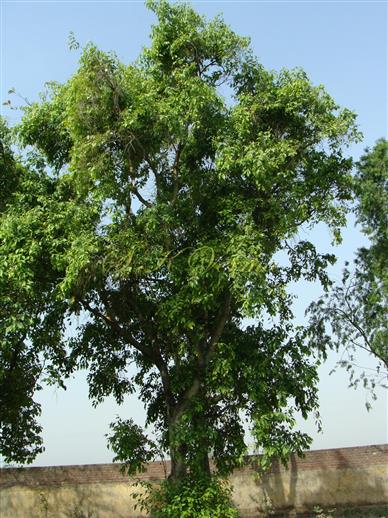
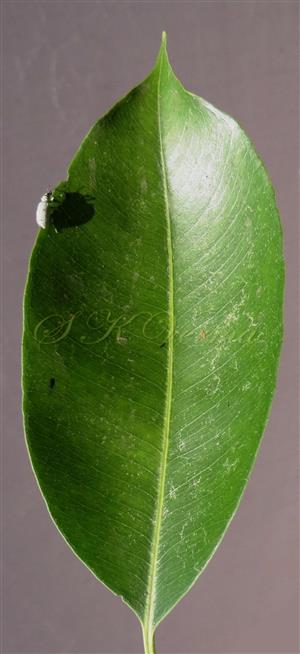
-Trichotomous paniculate cymes-DSC01984.jpg)
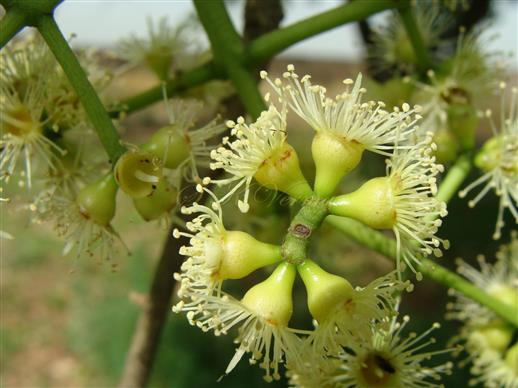

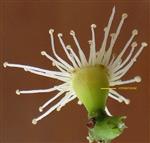
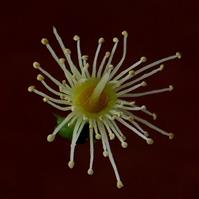
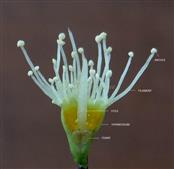
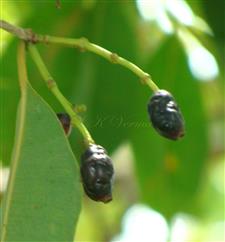



-Trichotomous paniculate cymes-DSC01984.jpg)

